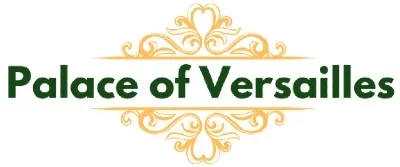Palace of Versailles
Top attractions inside the Versailles Palace
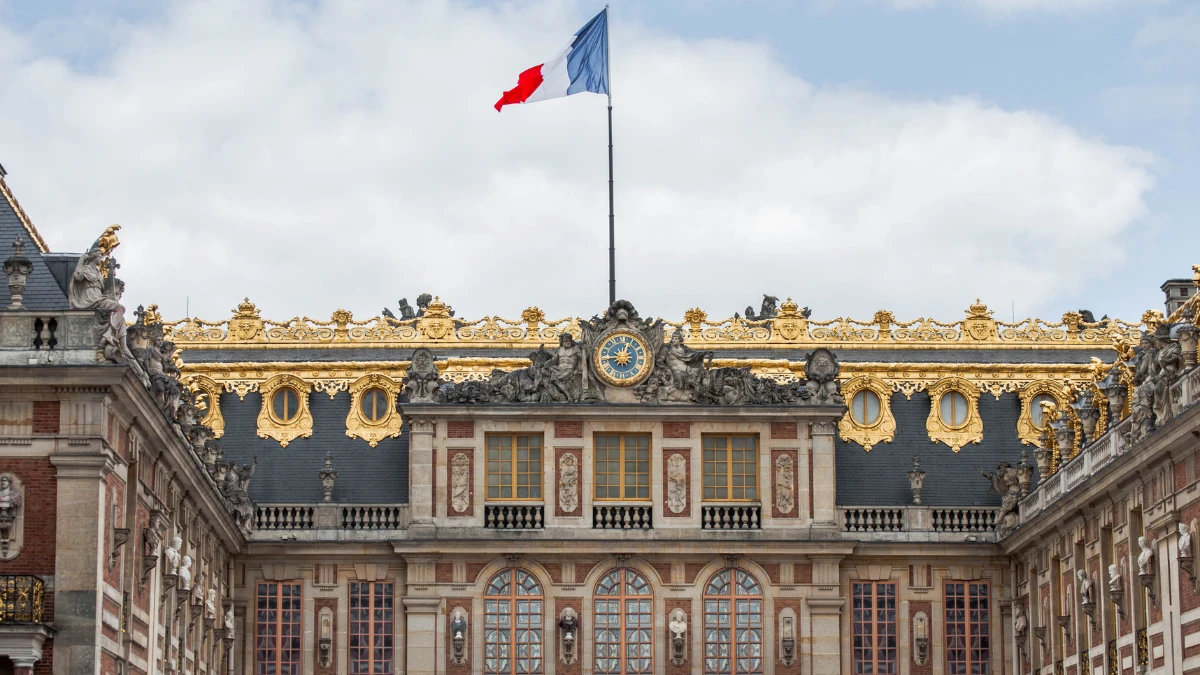
The Palace of Versailles (Château de Versailles) is a world-famous royal residence located about 20 km southwest of Paris. Once the home of Louis XIV, the Sun King, this grand palace is now one of the most visited monuments in France.
Inside the main palace, you’ll find opulent rooms, historic galleries, royal apartments, and much more. It’s a UNESCO World Heritage Site known for its incredible architecture, royal history, and stunning interiors.
Here’s a simple guide to the top attractions inside Versailles Palace you shouldn’t miss:
The Palace of Versailles gets over 8 million visitors each year, so it’s best to book early. The Full Access Ticket lets you explore on your own, the Guided Tour offers expert insights, and the Transport Tour makes it easy with pickup from Paris.
The Hall of Mirrors (Galerie des Glaces)
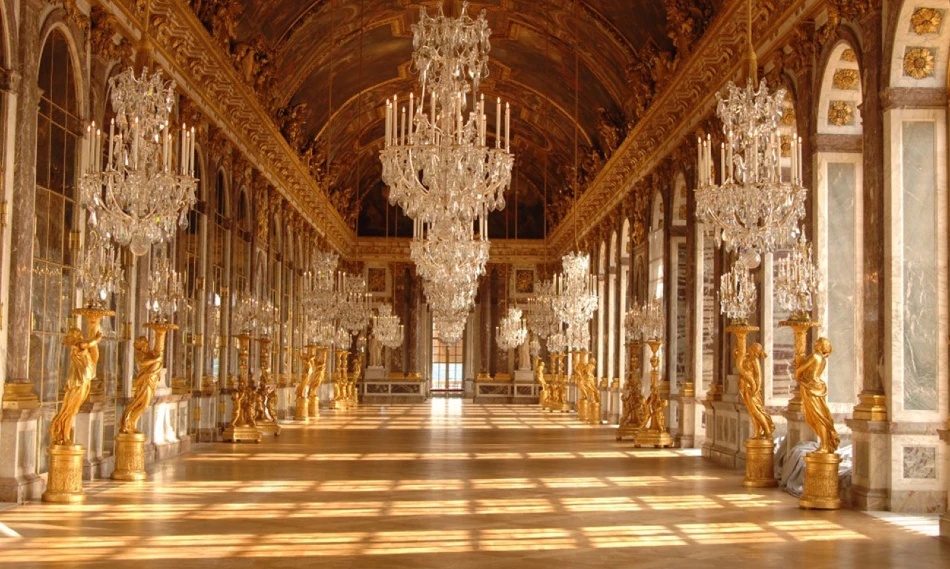
The Hall of Mirrors was originally a terrace, between the King’s Apartments and the Queen’s Apartments but was later converted into a massive room. It’s where the Treaty of Versailles was signed in 1919.
As a result, the construction of the Hall of Mirrors began, and it took six years to complete (from 1678 to 1684). Architect Jules Hardouin-Mansart designed this gallery.
Here, you will find glassworks and paintings that showcase France’s political, economic, and artistic history.
The interior of the hall features 357 mirrors adorning 17 arches. This was a significant achievement for the French, as only Venetian artisans possessed the expertise in mirror production at that time.
France successfully enticed these skilled craftsmen to create the mirrors, a task that was previously exclusive to Venetians.
Explore various tour options in Versailles, including the Full-access ticket with gardens, Skip-the-line guided tour, Round-trip palace tour from Paris, Night fountains show ticket, Versailles Palace Bike Tour and Private golf cart tour of the palace – perfect for every visitor’s needs.
The War Room
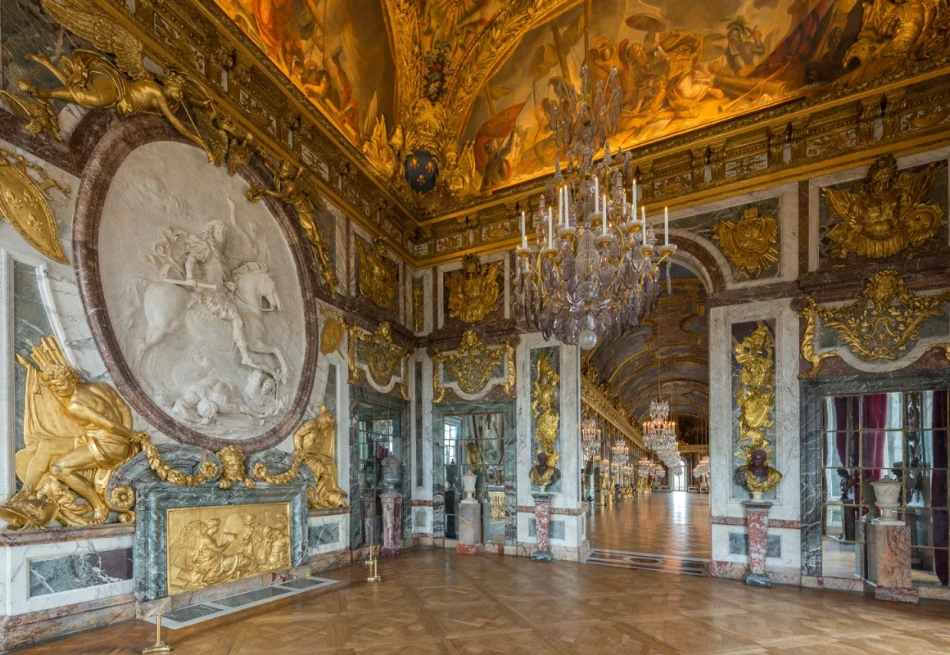
Next to the Hall of Mirrors is the War Room, which displays France’s military victories.
Construction of the War Room began in 1678 by Hardouin Mansart and was completed by Le Brun in 1686.
The marble walls are adorned with gilded bronze carvings that feature the emblems, trophies, and shields of King Louis XIV.
The Peace Room
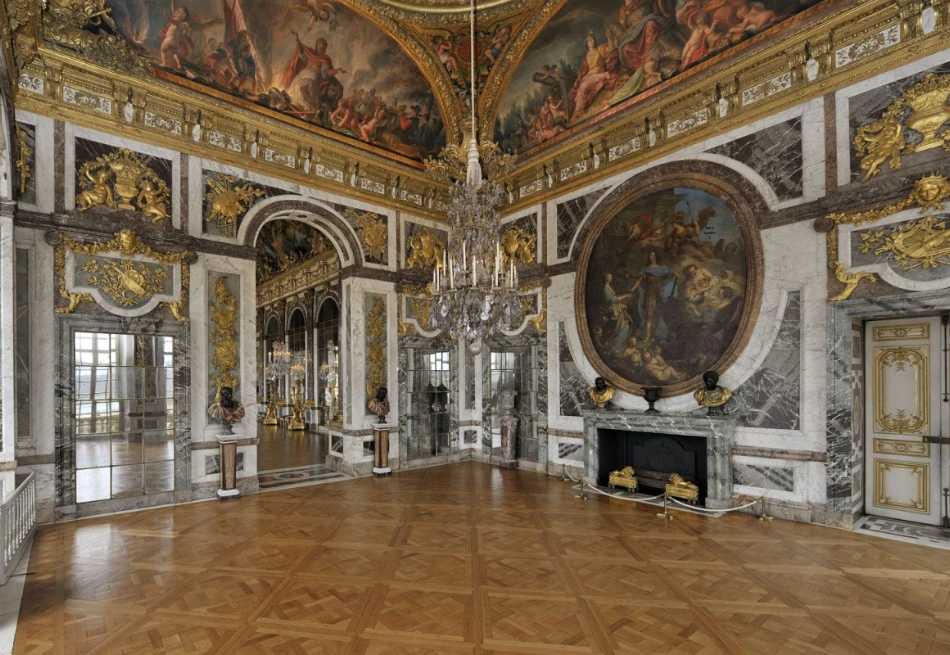
While the War Room celebrates military victories, the Peace Room symbolizes the peace France brought to Europe.
Located symmetrically opposite the War Room, the Peace Room is part of the Queen’s Apartment.
It was also used for musical and game events during the golden period of Louis XIV’s reign.
Grand Apartments of the King and Queen
The State Apartments were the official rooms richly decorated with gold, marble, and stunning paintings used by King Louis XIV and his successors.
The King’s State Apartments
The King’s State Apartments consist of seven rooms that were used for official events.
These State Apartments were open to the public during Louis’ reign, allowing everyone to see the king and the royal family.
The Hercules Room
The story of the Hercules Room is quite tragic.
This was the last room created during Louis XIV’s reign, but that’s not the saddest part.
French painter François Lemoyne created the massive painting “The Apotheosis of Hercules,” which features nearly 142 people.
The project took four years to finish, and the Hercules Room was completed in 1736.
Sadly, a year later, in 1737, Lemoyne committed suicide due to the exhaustion from working on this enormous project.
The Room of Abundance
The Room of Abundance is where evening gatherings took place during the reign of the Louis family.
It also served as an antechamber to Louis XIV’s Collection Room, where he kept his silver vases, gems, and medallions.
The king had a habit of placing The King’s Vessel on his table during important occasions to represent his power.
The Venus Room and Diana Room
These two rooms served as the main entrance to the State Apartment and acted as a lobby.
However, it was destroyed in 1752.
The Venus Room is dedicated to the Roman goddess of love, and the Diana Room is to the goddess of hunt.
The Mars Room
This Mars Room is dedicated to the Roman god of war and was known as the start of the King’s Apartment during Louis XIV’s reign.
The Mercury Room
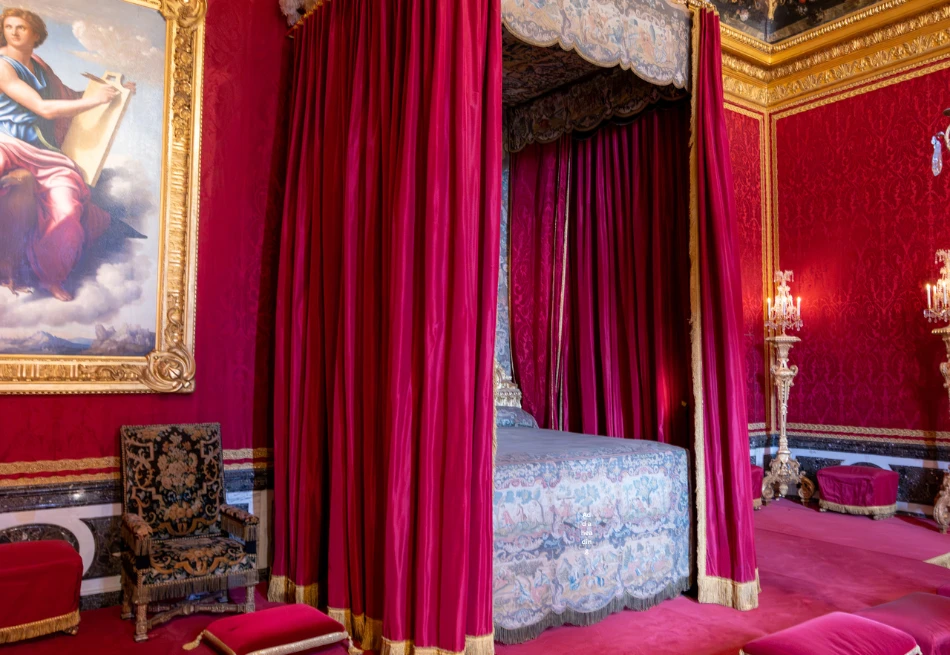
The Mercury Room served as a stateroom, as Louis XIV slept in his private apartments.
However, until 1701, the room was used for the King’s public getting-up and going-to-bed ceremonies.
This room also held the coffin of Louis XIV, displayed from September 2 to 10, 1715.
The Apollo Room
Louis XIV identified himself as the Sun King, and this Apollo Room, also known as the Throne Room, was dedicated to the Roman god of the sun.
The room became a ballroom during evening gatherings.
The Queen’s Grand Apartments
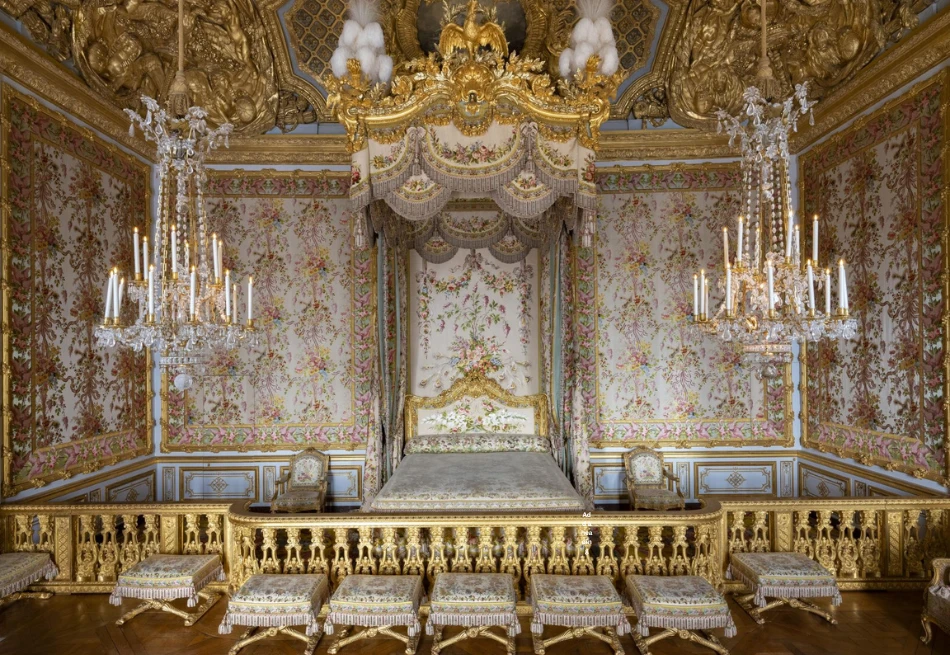
The Queen’s Apartments include the Queen’s Bedchamber, the Nobles’ Room, the Royal Table Antechamber, and the Queen’s Guard Room.
The chamber was especially important to the Queen as it was where she spent a lot of her time and met with her guests.
The Queen’s Guard Room is the only room in the Apartments that has retained its 17th-century decoration, as it was never modernized since the Queen did not use it.
The Apartment played an important role in the birth of royal heirs. However, there is a common misconception that the Queens gave birth in front of the public.
In reality, only a limited number of people, including doctors, ladies-in-waiting, and the governess of princes and princesses, were present.
All others, who were part of the Courts, were waiting in nearby rooms.
Gallery of the History of the Palace
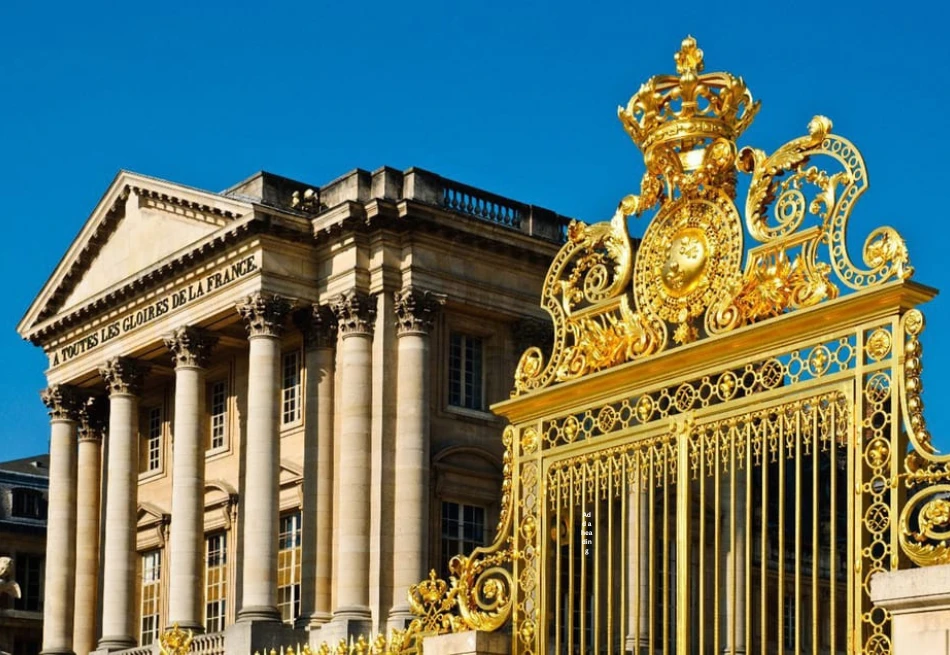
The Museum of the History of France, established in 1837, is located at the start of the Grand Apartments.
Architect Frédéric Nepveu designed it in Baroque and Neo-Classical styles.
The Museum is open every day from 9 am to 6.30 pm, except on Mondays. It attracts about one million visitors each year.
Inside, you can find the Crusades Rooms, the Africa, Crimea, and Italy Rooms, the Empire Rooms, the North and South Attics, the 1830 Room, the Gallery of Great Battles, and the Coronation Room.
Gallery Of Great Battles
The Gallery of Great Battles is the largest room in Versailles, spanning almost the entire first floor of the South Ministers’ Wing.
It showcases French military successes over the decades and is 120 meters in length and 13 meters in width.
Created by Louis Philippe, it stands as one of the finest art museums of the 19th century.
Salons of the Empire
Salons of the Empire are lesser known but worth visiting. It consists of three rooms reflecting Napoleon’s era: the Directory, Consulate, and Empire.
The displays include furniture, uniforms, and portraits and help visitors understand the transition from monarchy to empire.
The Empire Rooms
The Empire Rooms are largely associated with the Napoleonic era.
These rooms reflect the transition from the Baroque style of architecture to neoclassical, which features gilded accents and elegant furnishings.
The large paintings in the Empire Rooms depict the legacy of Napoleon I.
The Royal Chapel
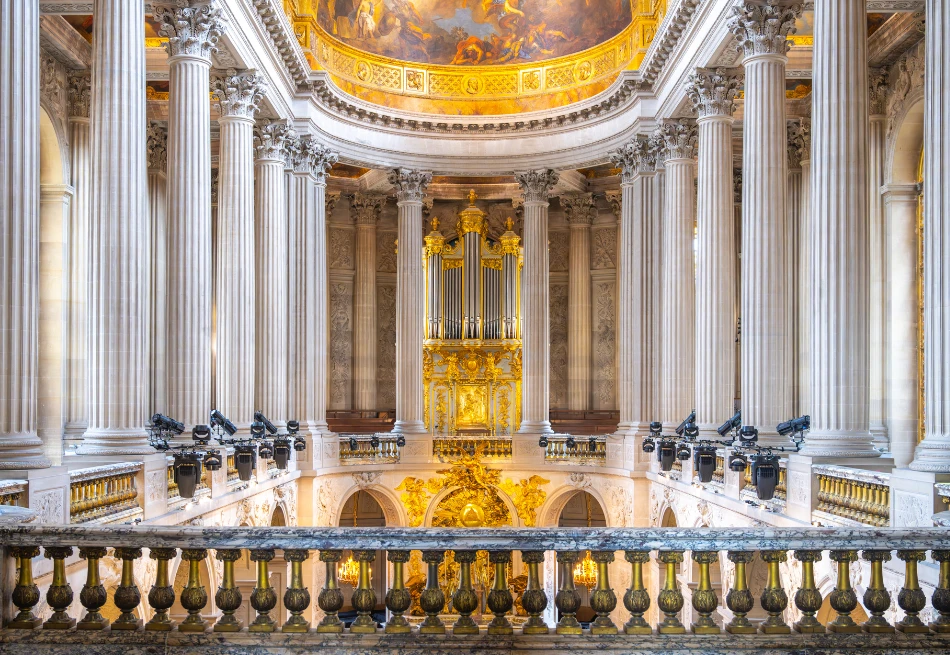
The construction of the Royal Chapel took place between 1689 and 1710.
Everyday, usually at 10 am, the court gathered for the King’s mass. Every Thursday, an orchestra performs, showcasing the European repertoire from the 17th and 18th centuries.
Also, the royal masses and weddings took place in this beautiful two-story chapel. It features vaulted ceilings, colorful paintings, and a stunning golden pipe organ. The sunlight through the stained-glass windows creates a peaceful mood.
The Royal Opera
The Royal Opera was inaugurated in 1770 to celebrate the marriage of the Dauphin, the future Louis XVI, to Marie-Antoinette of Austria.
It quickly became one of Europe’s greatest concert halls used for royal ballet performances, plays, and concerts. It is still used today for special concerts and events, offering a look at royal entertainment from the 18th century.
Hall of the Crusades
A gallery inside the palace dedicated to the Crusades and religious wars and features painted coats of arms and detailed historical exhibits like armor, shields, and medieval relics.
Frequently Added Questions
Here are some of the frequently asked questions about Chateau de Versailles.
How to visit Versailles Castle?
There are three popular ticketing options: entry tickets, guided tours, and small-group guided tours.
The Palace and Gardens entry ticket is the cheapest and most popular ticket.
If you want a local expert to guide you all through, the skip-the-line guided tour is the best option.
If you want a personalized experience, a small-group guided tour with Transport from Paris gives you the best experience.
Why is Versailles Palace so famous?
The Palace became popular when King Louis XIV moved his government and court to Versailles in 1682.
Since then, Versailles has played an important role in French history, witnessing historic events, including the signing of the Treaty of Versailles.
Can I visit the Versailles Estate for free?
Yes, you can visit the Versailles Estate for free on the first Sunday of each month from November to March.
This initiative provides complimentary access, enabling visitors to explore the historic site without any admission fee.
Does Versailles still smell today?
During the reign of the Louis family, Versailles was infamous for its waste disposal issues and poor hygiene.
However, it no longer has odor issues and is well-maintained on a regular basis.
How long does it take to visit the Palace of Versailles?
Plan around 2 to 3 hours for the palace itself. If you’re also visiting the gardens, allow 4 to 5 hours or make it a day trip from Paris.
Is the Hall of Mirrors open to all visitors?
Yes! The Hall of Mirrors is included in all standard Versailles tickets and is one of the palace’s most visited rooms.
Can I visit Versailles Palace without a guide?
Yes, you can explore on your own. However, audio guides or guided tours give you deeper insights into the rooms and history.
Are there any temporary exhibitions?
Yes, the palace hosts rotating art and history exhibitions throughout the year.
Is the Royal Opera still in use?
Yes! The Royal Opera House occasionally hosts classical concerts and ballet performances. Tickets are separate from general entry.
